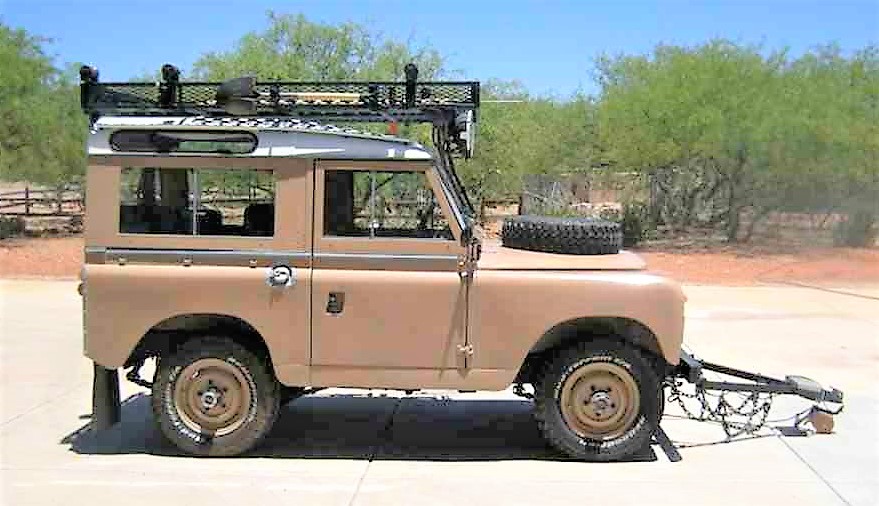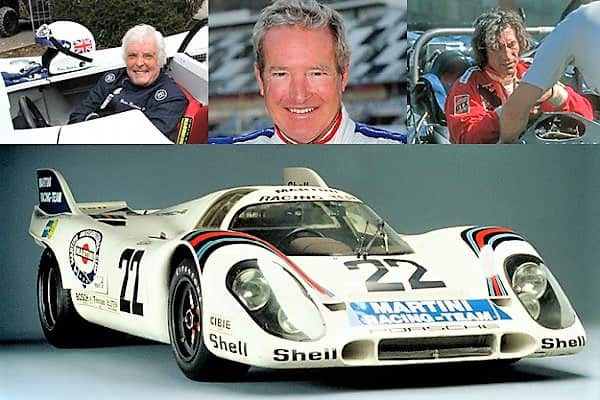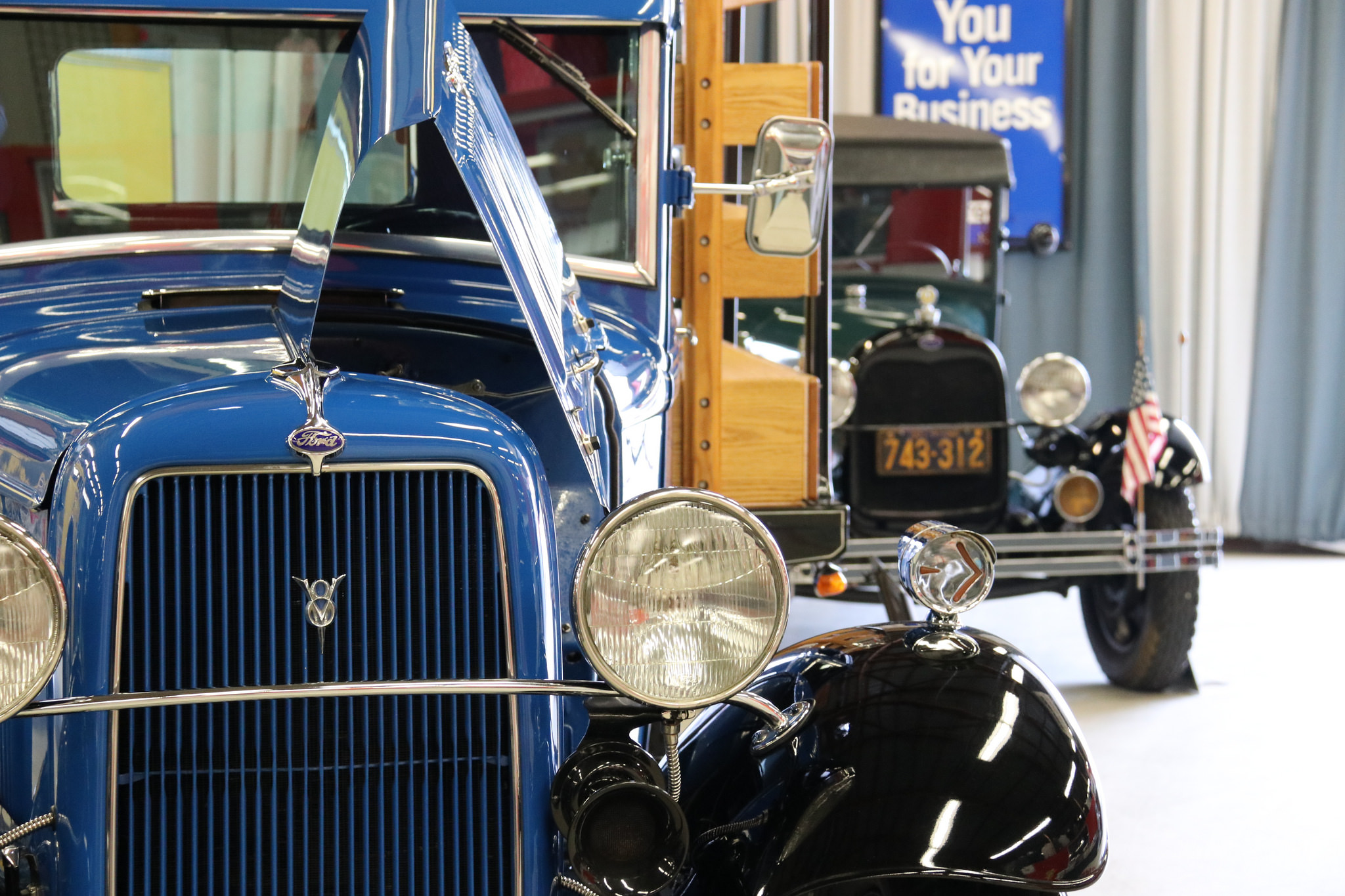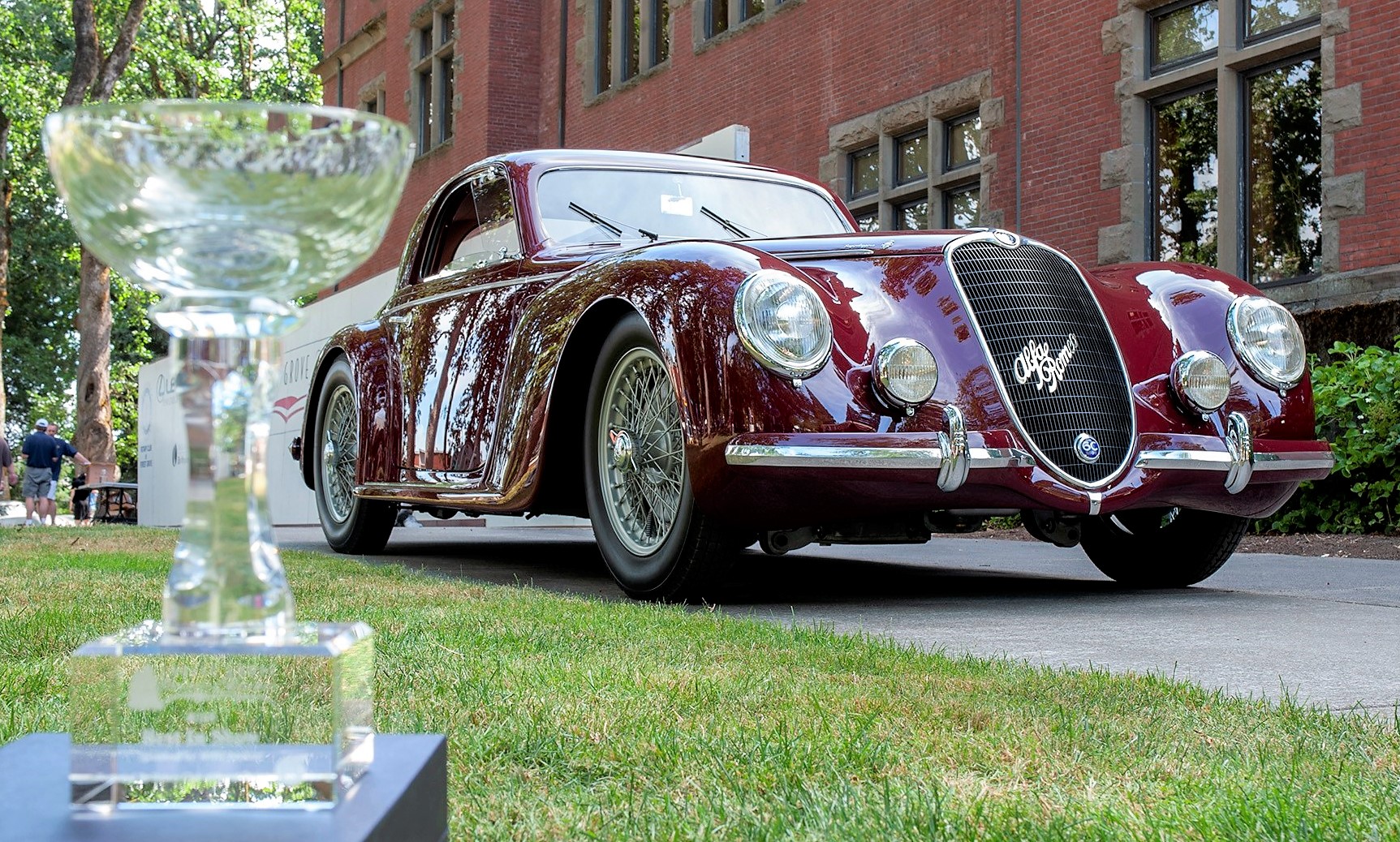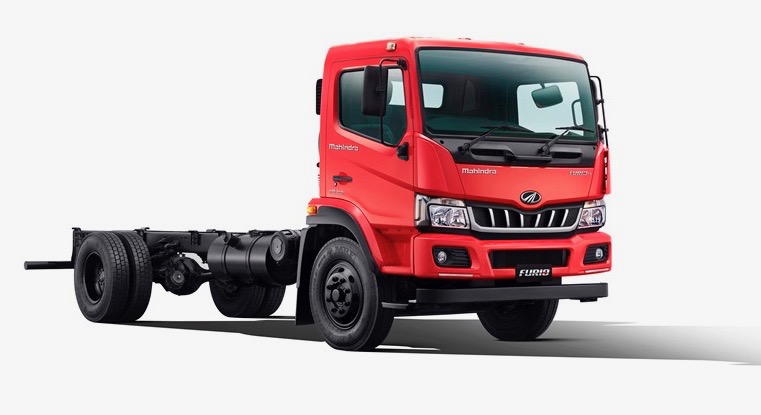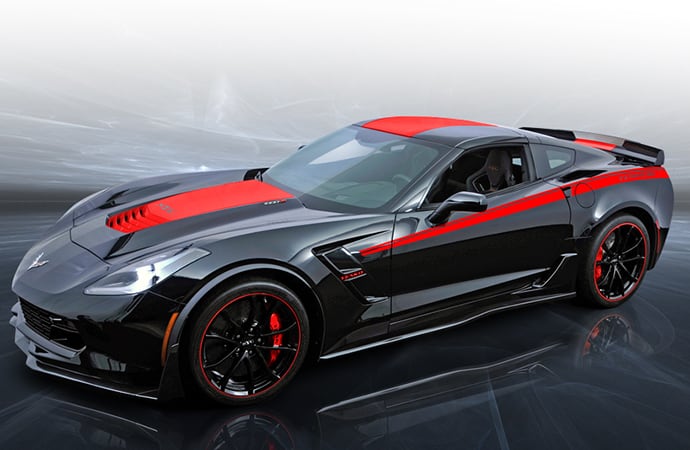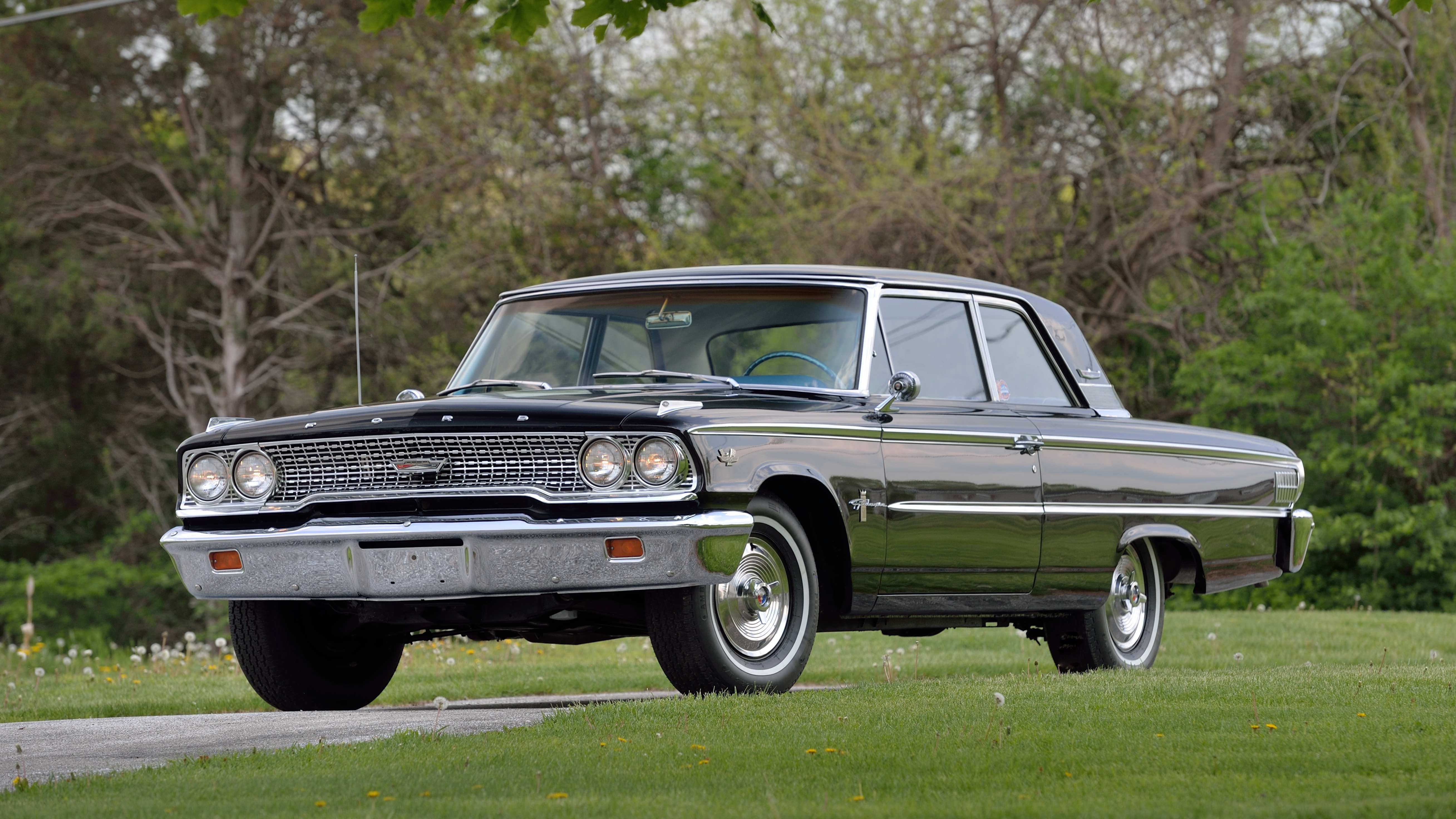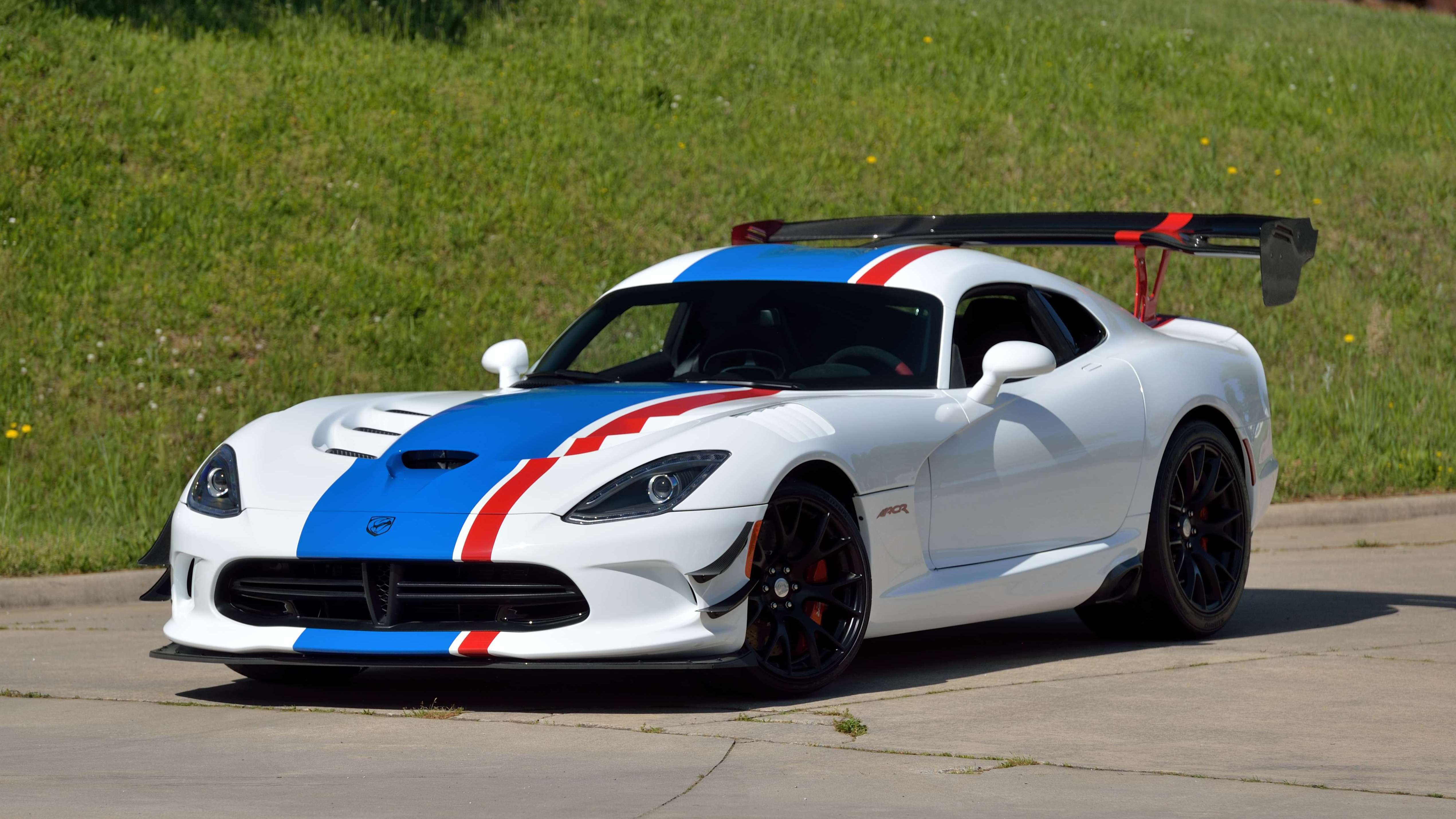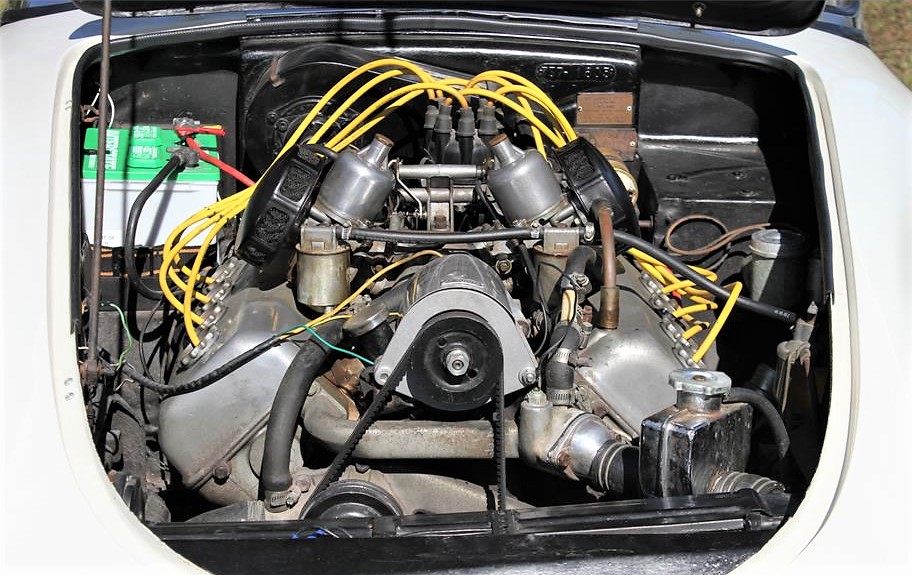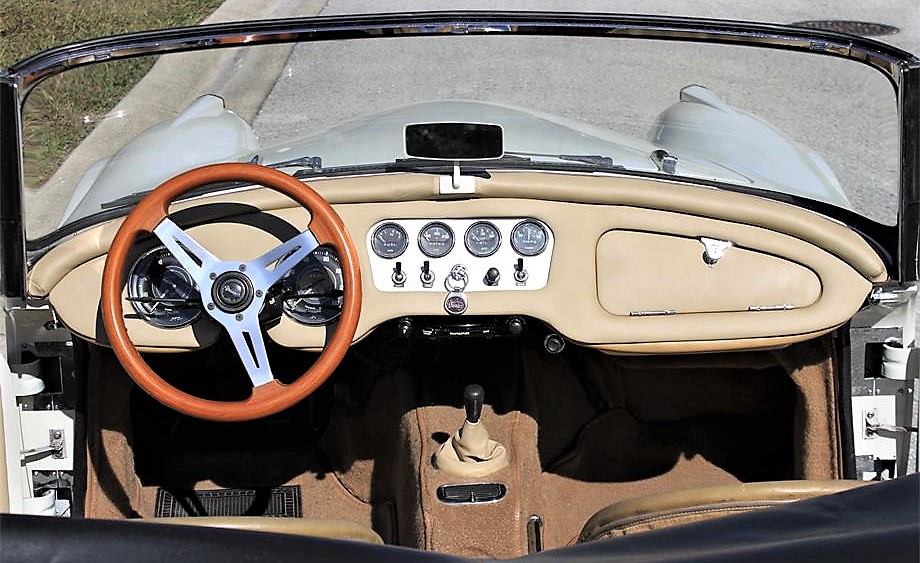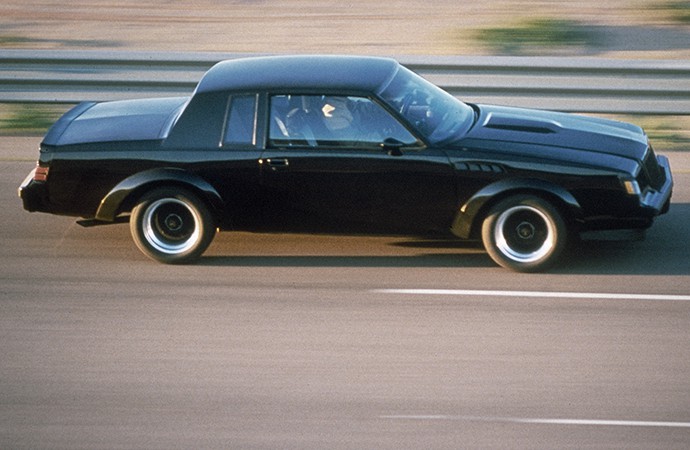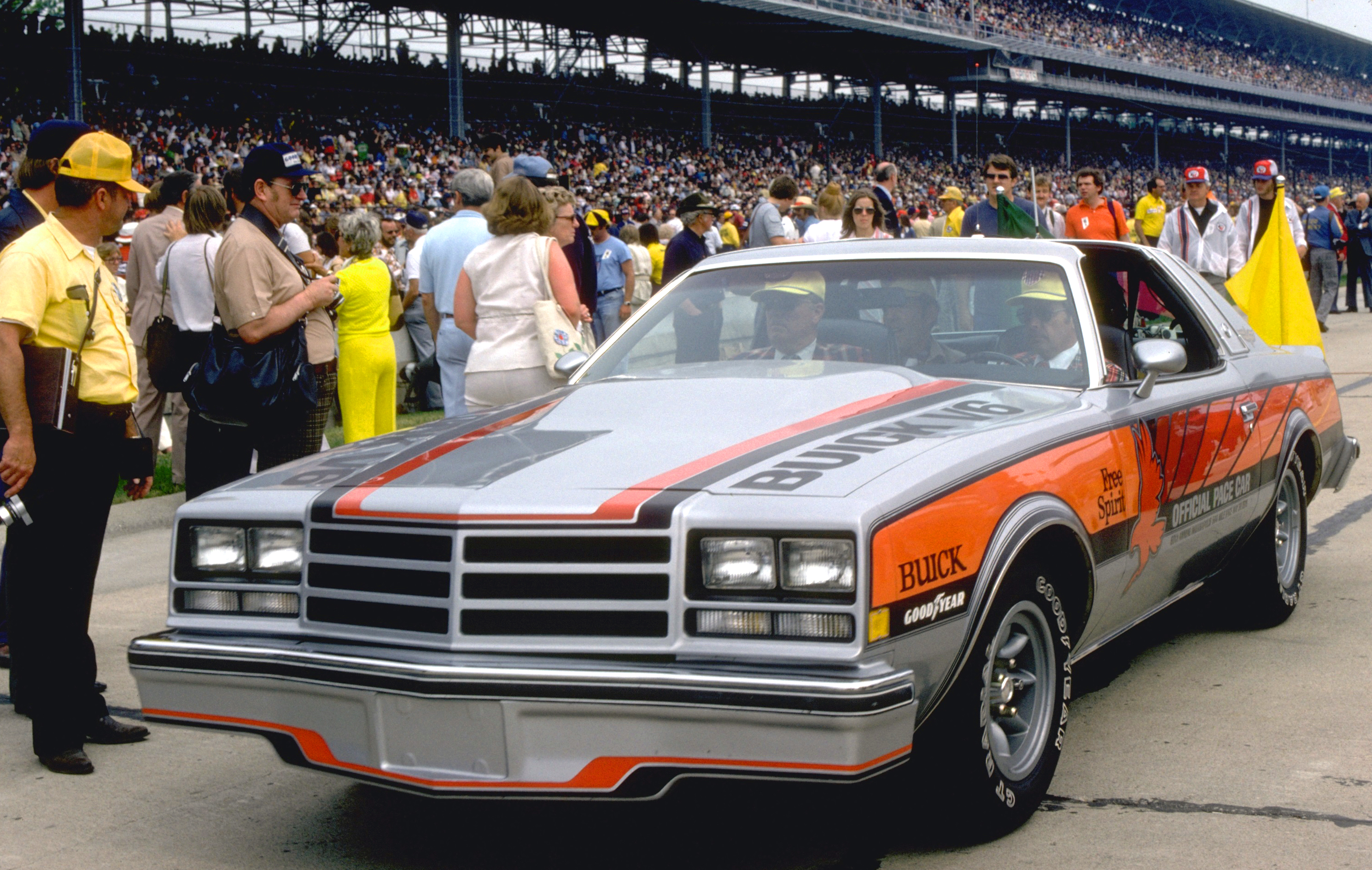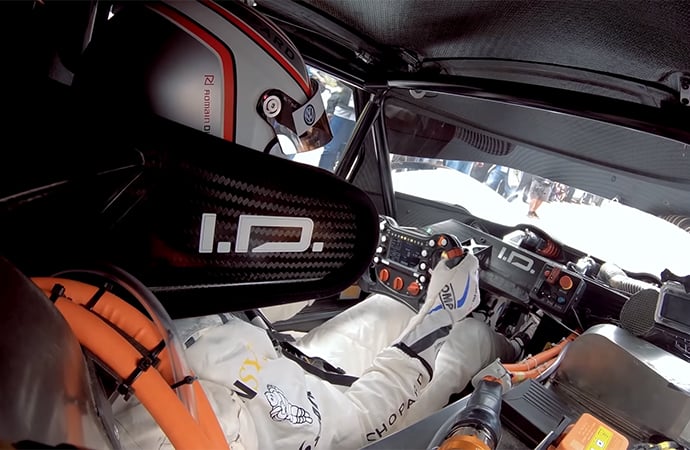(Editor’s note: I’ve become fascinated by the parallels of the worlds of collectible art and collectible automobiles, and I enjoy reading Kenny Schachter’s reports as he bridges those worlds. I hope you will as well.)
I wasn’t among those attending the 25th Goodwood Festival of Speed, but Kenny Schachter was.
Schachter, who curates contemporary art exhibits for museums and galleries, teaches graduate-level art history, and is an accomplished artist. Oh, he’s also a car collector who notes that it was his interest in automotive design that got him interested in art in the first place.
Back in 2016, I shared Schachter’s story about taking his 14-year-old son to the RM Sotheby’s auction in London and coming home — unexpectedly — with a 1961 Alfa Romeo Giulietta Spider.
As it turns out, Schachter also owns the No. 46 1973 Porsche 911 Carrera RSR Turbo 2.1 that Gijs van Lennep and Herber Muller drove to a fourth-place finish (overall) at Le Mans, which was why he was at Goodwood, so he and his car could take part in a special 70th anniversary celebration of Porsche.
Speaking of Porsche, there’s another 911 parked nose-right-against the desk in Schachter’s office/garage because “when you drive a vehicle you don’t see it, and when you park, you leave it,” neither of which Schachter likes to be denied, so there’s a car right there in front of him when he’s writing about the art world. Besides, he said, likes the way the car smells.
Anyway, here, as reported in his recent commentary on artnet.com, are some of Schachter’s observations after returning home from Goodwood:
On the cutthroat business of buying and selling
“People (like me) often complain that the art world is cutthroat, and a minefield for the unwary. The classic car market is worse, by a factor of a zillion. As soon as something attains value, the criminal element seemingly come out of the woodwork in search of the next dupe. And with a Ferrari 250 GTO, one of 39 iterations produced from 1962-64, fetching $70 million in a private sale last month — and with another coming to auction at the end of August at RM Sotheby’s (with expectation in excess of $45 million) — there are no shortages of nefarious profiteers. You could surely make an algorithm for art and car crime in relation to escalating values — not to mention that the politics swirling around the automotive market are as stifling as any art-fair selection committee.”
On the perils of driving a vintage vehicle
“Driving an old car is like the Joad family’s journey across the US in John Steinbeck’s The Grapes of Wrath. Economic necessity, i.e. poverty, forced the Joads to acutely monitor the reliability of their truck in their search for gainful employment, their lives literally depending on it. The smells and sounds of an engine take on new meaning, activating all the senses, when you’re uncertain whether or not you’ll reach your destination. Such is the life of a classic car fanatic, too… like when I set off to Goodwood in my 1977 Volkswagen Golf GTI Mk 1 and, two miles away from the FOS, my clutch blew and the car came to a juddering halt. That was fairly embarrassing but not uncommon en route to an old car event, where casualties mount on the roadside with increasing frequency as you near the grounds of the estate. It was a fitting way to celebrate July’s Friday the 13th.
“I worry that in the days of ride-sharing and short attention spans, subsequent generations will lose the taste for such adventures, which would be a shame as these enthusiasms preserve an historically important aspect of culture and industrial design. Will cars become extinct, studied in the form of fossils? God save the car! As it happens, I wasn’t stranded on the side of the road for long, because an old acquaintance I hadn’t seen for 10 years, and who was now dealing in cars, happened to pass me on the street and gave me a lift to Goodwood. On the way, he tried to sell me a car or two, slagging off his competitors and spilling the beans on clients, some of whom I knew. Not too dissimilar from the art world.”
On the perils of old racers driving fast old cars
“You will find many period drivers still at it decades after their heydays, driving on behalf of owners either too preoccupied or ill equipped (like me) to pilot such magnificent, valuable, and treacherous machinery. Legendary racers, some of near-mythological status, such as Mario Andretti (b. 1940), Richard Petty (b. 1937), Derek Bell (b. 1941), Hurley Haywood (b. 1948), and Gijs van Lennep (b. 1942) — the latter two of which both drove my car in 1973 — were on hand…
“Some of them probably couldn’t qualify for a road license nowadays, but what other sport can you be competitive, fast, and furious well into your seventh decade?”
On fossil fuels vs. batteries
“Cars spinning in circles, racing up and down a hill for 10 hours a day, smoke billowing from tires, Royal Air Force planes performing overhead amidst a sea of cheering fans — it all amounts to a veritable pollution fest, but it’s short-lived and infrequent.” (Schachter next laments the environmental impact of the production of plastic and batteries for electric cars, and acknowledges that an electric Volkswagen that won at Pikes Peak also was the fastest car up the hill this year.) “But, as F1 driver Sebastian Vettel said, batteries are for phones, not cars. There’s something to be said for the ferocious, eardrum-splitting sound of fossil fuel combusting, with cars screeching like cats being murdered.”
On diversity, driving in China and watching your wallet
“The FOS was largely international in turnout this year, but only about 10 percent non-white, with little if any Asian presence. There were a smattering of female drivers, though more would be better. Regarding the Chinese, with no racing culture past or present (unlike Japan), it’s doubtful they will develop one anytime soon, especially in light of the fact that it’s illegal to drive a car in China that’s more than 10 years old. Car people are as passionate as art folk and friendlier (generally), though more likely to try and steal from you.”
